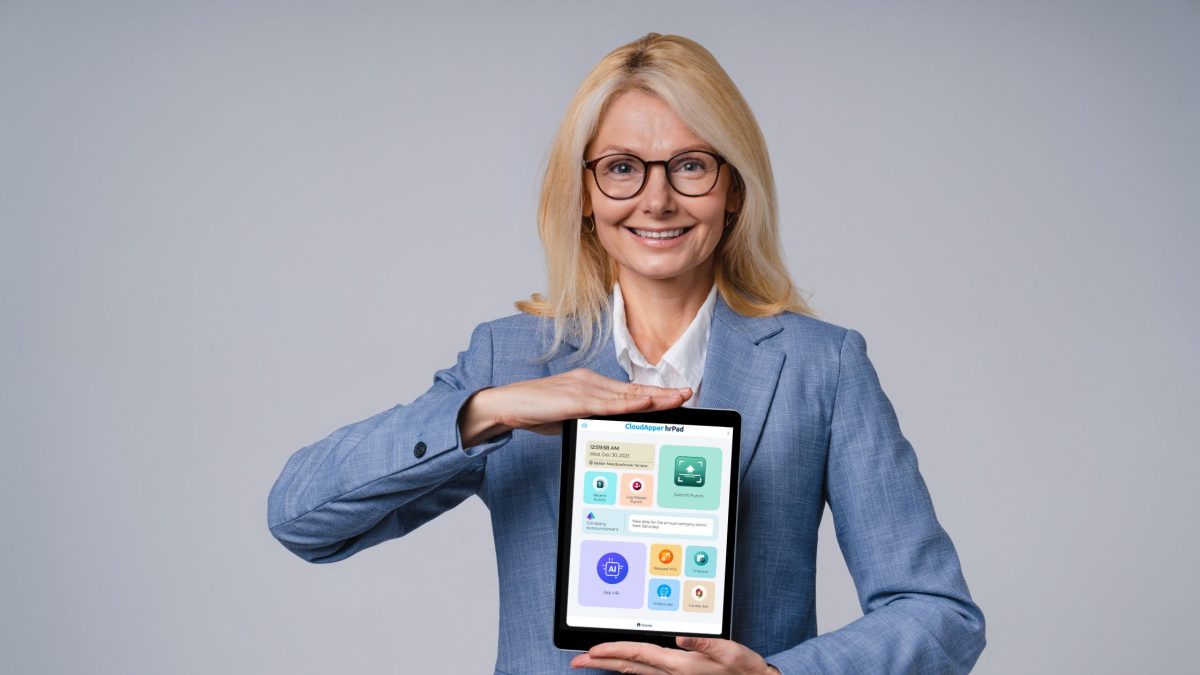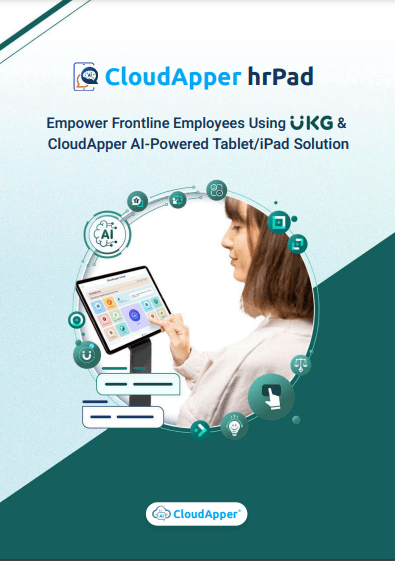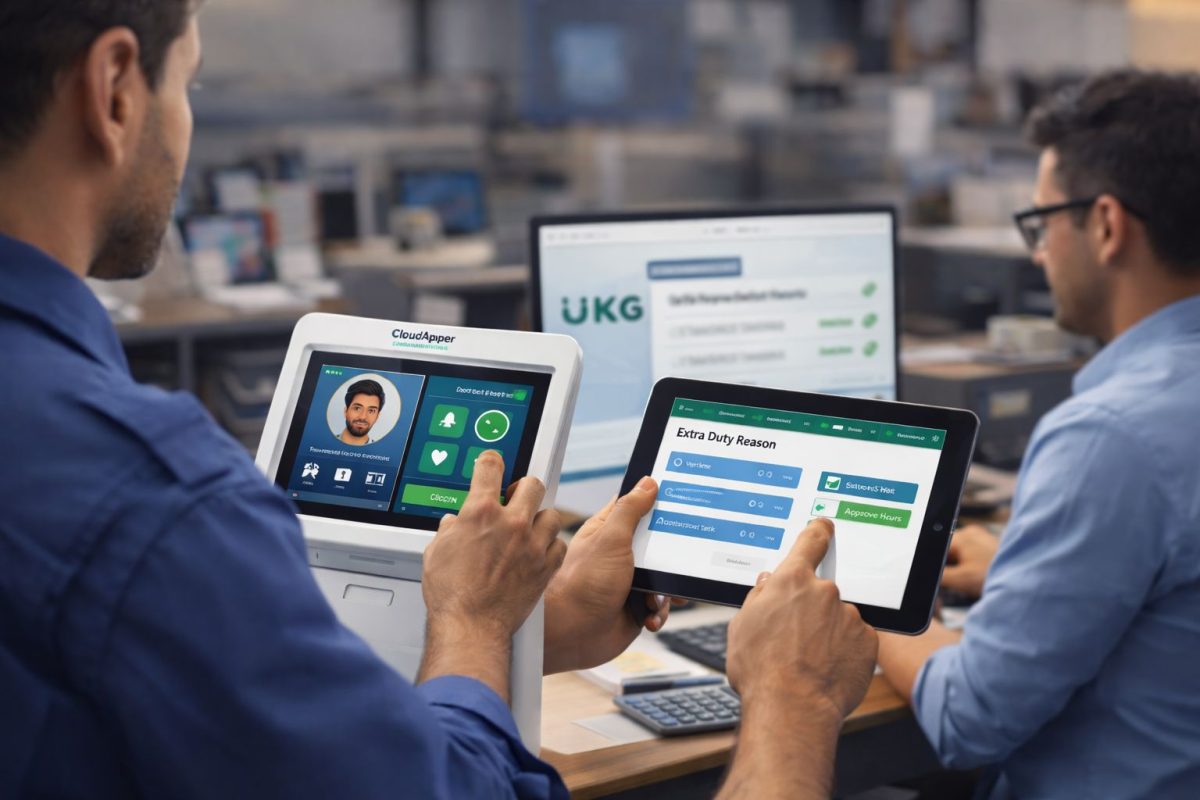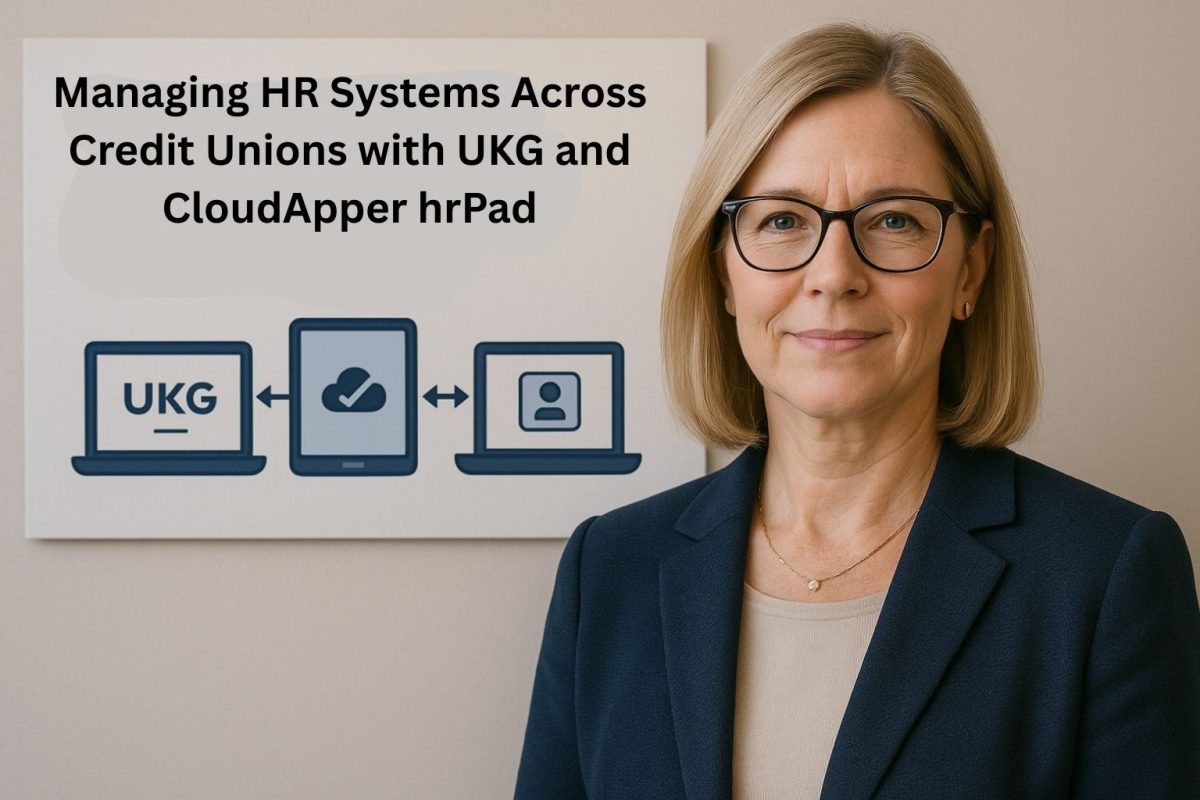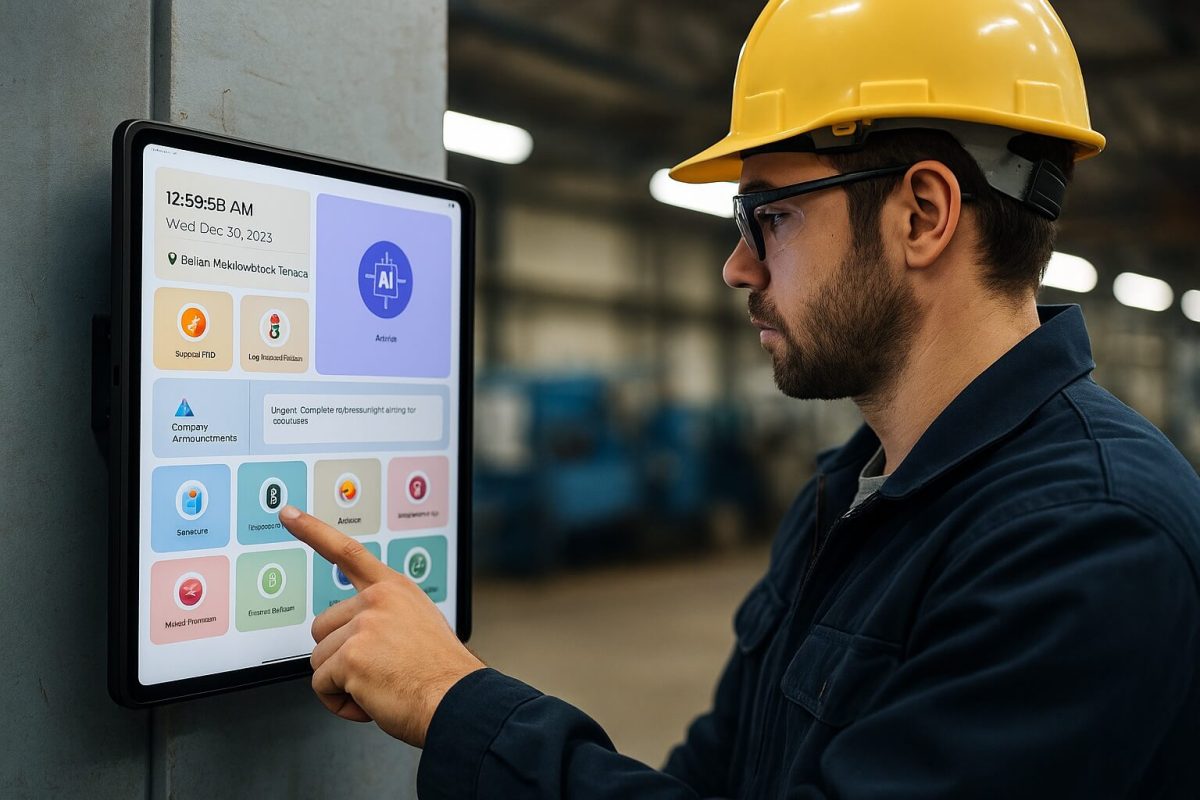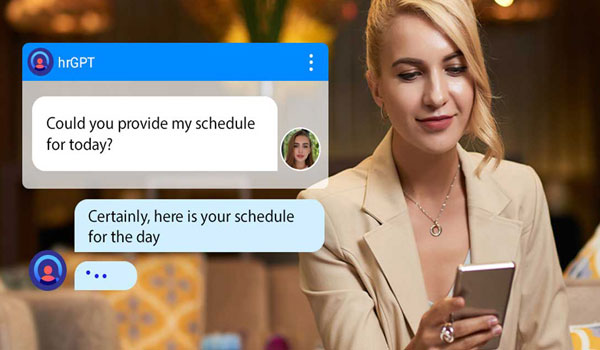In Q3 2025, many UKG clients are ready to modernize time tracking but hesitate over the cost of tablets. Learn how CloudApper hrPad helps reps move conversations forward with a built-in hardware offset—without disrupting the UKG ecosystem.
Table of Contents
For UKG Sales Reps, Q3 often brings a mix of opportunity and resistance. Clients are actively evaluating upgrades, but many are holding tight to remaining budgets. They want efficiency. They want flexibility. And more than anything, they want solutions that work with what they already have in place.
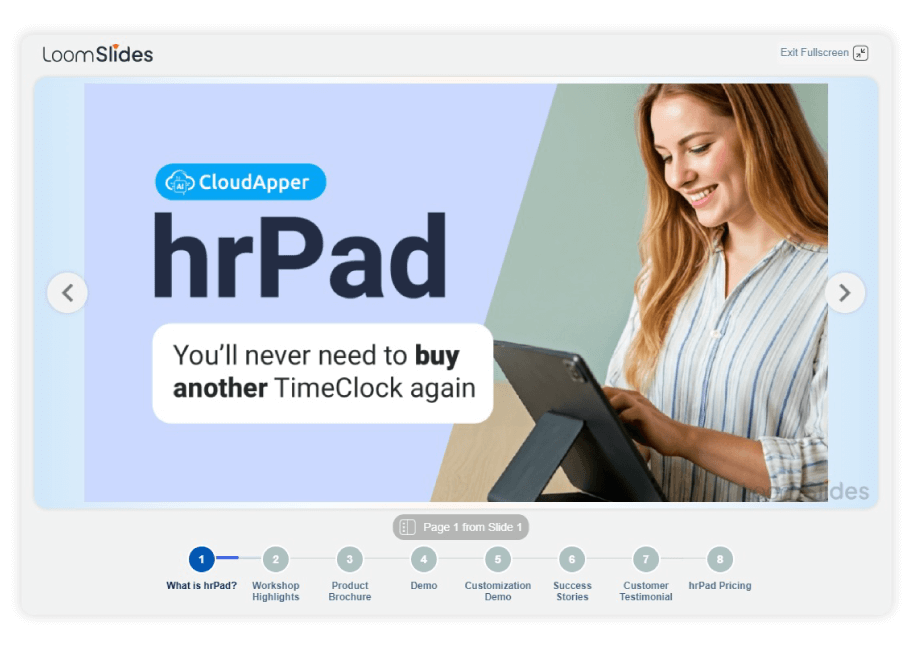
For more information on CloudApper hrPad for UKG visit our page here.
As companies look to modernize their time tracking systems, conversations around tablet-based solutions are increasing. But even with strong interest, deals can stall over one surprisingly common objection—the cost of hardware.
This is especially true in Q3, when teams are juggling mid-year evaluations, pending project approvals, and tighter procurement cycles.
The Mid-Year Budget Dilemma
By the time Q3 arrives, many HR and IT leaders have already allocated a large portion of their annual spend. They may be open to new initiatives, but unexpected costs—even small ones—can trigger delays or hesitation.
When you introduce a modern time clock solution like CloudApper hrPad, it quickly checks the boxes. It runs on tablets. It’s user-friendly. It integrates directly with UKG platforms like UKG Ready, UKG Pro, and UKG Pro WFM. The value is clear.
But then the client asks, “Do we need to buy tablets?” And that’s where conversations often pause.
A standard tablet might cost 150 – 250 dollars. That sounds reasonable in isolation, but when you scale it across ten, twenty, or fifty stations, the number grows quickly. For teams operating with a fixed budget, even modest hardware costs can feel like blockers.
Understanding the Hesitation
The hesitation is rarely about the actual value of the solution. It’s about the surprise element of an unbudgeted purchase. In many organizations, hardware and software are owned by different departments. HR may want the upgrade, but IT holds the purchasing power. That split can create internal friction.
Additionally, some customers are still recovering from earlier capital expenditures or workforce shifts. In this environment, any additional spend—even one that is future-focused—gets a second look.
As a UKG rep, recognizing this pattern early can help you navigate it more effectively.
Reframing the Investment in Q3 Conversations
This is where your guidance makes all the difference. Instead of focusing on the hardware as an added cost, help clients understand what it replaces. Legacy time clocks often carry significant hidden costs. Maintenance, repair, licensing, IT support, and vendor lock-in all add up over time.
Tablets eliminate much of that burden. They’re easier to deploy. They’re familiar to users. And they open the door to modern features like facial recognition, missed punch capture, multilingual self-service, and real-time compliance prompts.
More importantly, solutions like hrPad let customers use their own hardware—whether that’s iPads, Android tablets, or Windows devices. There’s no need to invest in specialized equipment or deal with rigid installations.
The up-front cost may still exist, but the long-term savings and flexibility far outweigh it.
Why Q3 2025 Is a Strategic Window
Timing matters. Q3 gives clients just enough space to evaluate, pilot, and roll out changes before the end of the year—without overwhelming their teams during peak Q4 planning.
If clients wait until the final quarter, they often run into locked budgets, resource limitations, or internal cutoffs. But in Q3, many still have discretionary spend available, especially for solutions that improve efficiency, reduce errors, and prepare the organization for the coming year.
This makes Q3 the perfect moment to re-engage conversations about hrPad and tablet-based time clocks—especially with customers who paused earlier in the year.
Moving the Conversation Forward
If your client is considering a move to modern time tracking, use this quarter to guide the conversation forward. Ask if they’ve evaluated the cost of supporting legacy clocks. Discuss how tablets can be shared across shifts or mounted in ways that reduce device count. Highlight the fact that hrPad doesn’t require technical teams to manage complex integrations or hardware dependencies.
These small shifts in framing can help clients see the full picture—and move forward with confidence.
Conclusion
Q3 2025 is not just another sales quarter. It’s a strategic window to help UKG clients modernize before end-of-year planning begins.
The hardware objection will come up. But with the right conversation and the right context, it doesn’t have to stop the deal. CloudApper hrPad gives you everything you need to help clients move forward—quickly, affordably, and without disruption to their existing UKG ecosystem.
If your client is ready to act this quarter, now is the time to guide them through that decision.





